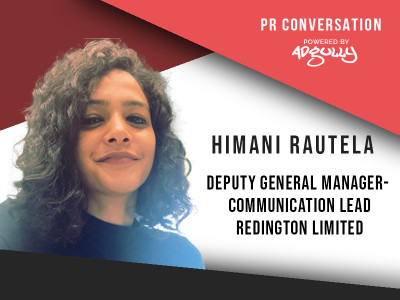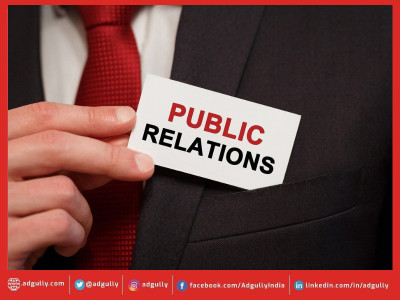How geared is the PR industry to tackle emerging challenges like deepfake?
In the realm of AI and technology, positives and negatives coexist. Despite the immense advantages, recent developments such as the rise of deepfake technology underscore the growing concerns within this dynamic space. The boundaries between reality and artificial manipulation blur, questions arise about how is the public relations industry strategically positioning itself to navigate and mitigate the challenges posed by the evolving landscape of AI?
To find the answer Adgully reached out to some of the leading stakeholders from the Public Relations industry.
According to Ameer Ismail, President - Lintas Live, MullenLowe Lintas Group, “AI will empower PR practitioners to create real-time, high-quality content, fostering conversations, and making a meaningful impact for clients in our digitally connected world. However, this optimistic narrative is not without its caveats.”
He further said, “The rapid dissemination of information in the digital age brings a clear and present danger of misuse, notably illustrated by the surge in deepfake content. To counter the risk of malicious individuals using AI for these purposes, a proactive approach is essential. In this context, strategic planning becomes crucial for PR professionals. They need to not only leverage AI’s advantages, but also establish robust frameworks to anticipate, prevent, and manage the consequences associated with its misuse.”
Bhaskar Majumdar, Head - Marketing Communication, CSR & Digital, Egis, commented, “Deepfake technology challenges the very essence of truth, prompting a critical need for ethical consideration and transparency in the realm of public relations. Deepfake technology introduces a perilous twist to public relations, as fabricated content threatens reputations and underscores the urgency for robust safeguards in the digital age. Technology will continue to rule (even more than before) as the primary tool for PR practitioners. This includes digital marketing automation tools. These tools create efficiency and effectiveness without having the practitioner sit at the desk to do it.”
Some proactive measures and safeguards that the PR industry can implement to address potential issues
Ameer Ismail shared some measures which the PR practitioners can adapt, “To prepare PR professionals for this digital battlefield, there’s a significant focus on upskilling talent to understand and embrace the full potential of AI, its tools and its predictive capabilities. Also, PR professionals need to be trained in digital forensics and analytics that help in crisis management. It’s not about turning them into detectives, but rather equipping them with the skills to double-check the authenticity of information before acting. In addition, the industry is also bolstering its defences with advanced monitoring tools. These tools will serve as invaluable assets for PR professionals, keeping a watchful eye on the origins and trajectory of information. With this powerful combination of knowledge, vigilance and technology, PR professionals can rapidly assess situations, distinguish between fact and fiction, and plan appropriate responses.”
Bhaskar Majumdar has a detailed list of measures that a PR professional should follow:
- Media Literacy Training: Offering media literacy training to employees and clients to enhance their ability to discern between authentic and manipulated content.
- Advanced Authentication Tools: Utilising advanced authentication tools and technologies to verify the authenticity of media content, helping to detect and counter deepfake threats.
- Crisis Communication Plans: Developing comprehensive crisis communication plans that specifically address the potential fallout from deepfake incidents, ensuring a swift and coordinated response.
- Strengthening Digital Security: Bolstering cybersecurity measures to safeguard against unauthorized access to sensitive information, minimizing the risk of deepfake content creation.
- Collaboration with Tech Experts: Forming partnerships with technology experts and researchers to stay ahead of evolving deepfake techniques and collaborate on developing effective countermeasures.
- Transparency Initiatives: Emphasizing transparency in communication efforts, openly acknowledging the existence of deepfake threats and the steps taken to mitigate risks.
- Legal Preparedness: Keeping abreast of legal developments related to deepfake technology and incorporating legal strategies into communication plans to address any potential legal implications.
The symbiotic relationship between AI and the public relations industry necessitates a vigilant and strategic approach to navigate the evolving landscape. As technology continues to play a central role in PR practices, the industry's commitment to media literacy, cybersecurity, collaboration, transparency, and legal preparedness will be pivotal in ensuring authenticity, trust, and effective response mechanisms. By embracing the power of AI while fortifying defenses against potential risks, the PR industry stands poised to navigate the challenges and opportunities presented by the dynamic fusion of technology and communication.


















Share
Facebook
YouTube
Tweet
Twitter
LinkedIn